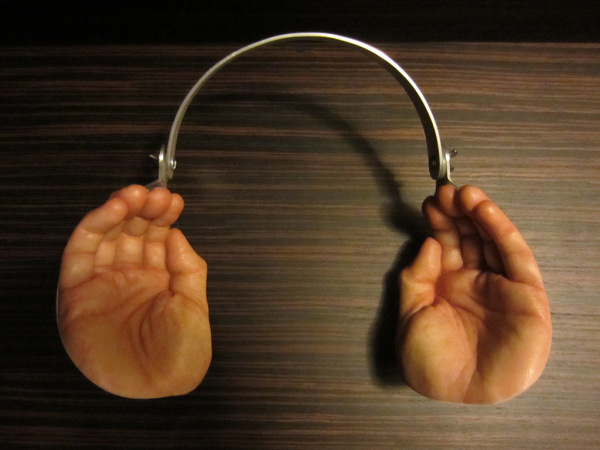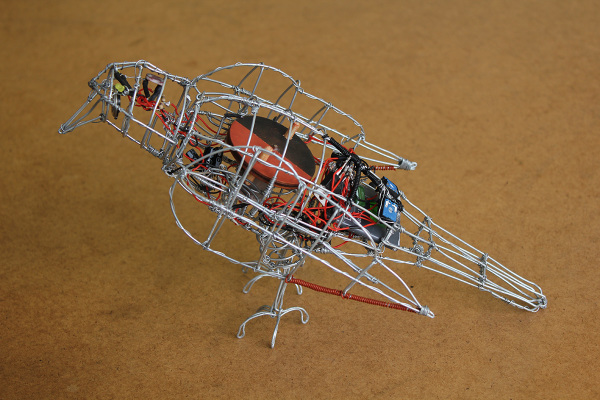I designed this ergonomic tool while I was an art student in 1996, as part of an exploration into shapes that are formed by or respond to natural forces. This tool is based on the principle that you should keep your wrist in as straight a line as possible, rather than flexing it to the side as you do with conventional tool grips, like a screwdriver for example. A friend at the time was studying physiotherapy, and I made this tool for her to use for precision massaging of bulky sportsmen. This is a recast replica.
– Ralph Borland, 2014





